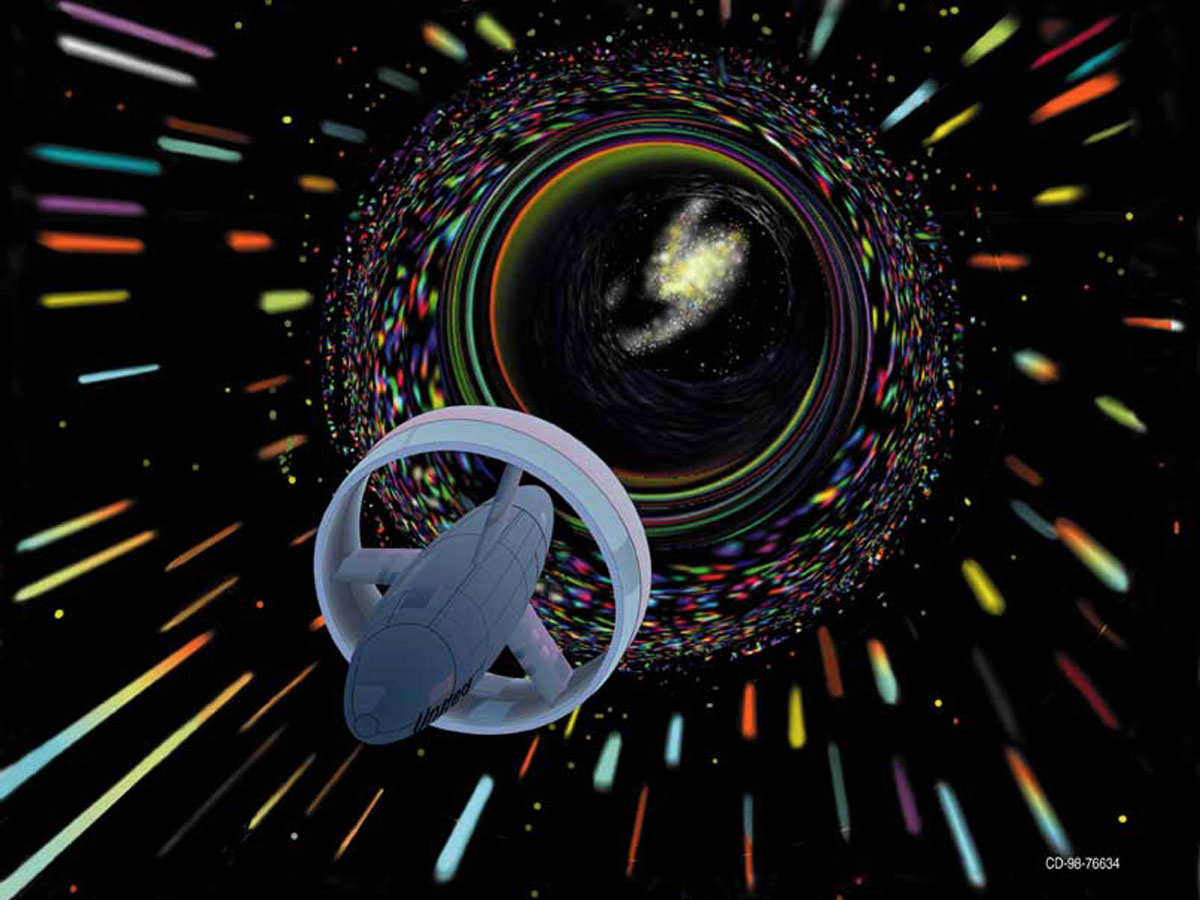Anti-Gravity . . . What If?

I’ve always been a huge admirer of the works of the late Sir Arthur C. Clarke. One of my favorite aspects of his writing lies in his use of real world, or at least theoretical, physics in his storylines. He never went off into flights of fancy with plotlines that could only happen in a magical universe. (Disclaimer: that doesn’t mean I don’t love Star Wars. Like every other red-blooded American male that came of age in the late seventies, I too am a big fan of the ‘Force’.)
I tried to emulate his approach in my novel. In the book I tie the physics of the UFO encountered in the first scene with an obscure but very exciting branch of theoretical physics known as Heim’s Quantum Theory, or HQT.
In the 1950s, 60s and 70s Burkhard Heim, a German self-taught theoretical physicist developed his unified field theory (HQT). Now before your eyes glaze over let me tell you the exciting part. If proved viable, HQT opens the door to gravity manipulation and faster than light (FTL) travel.
In 1957 he became an instant celebrity (in Germany) when he first presented his work. In the 1960’s Wernher von Braun, the famous German rocket scientist (think: father of the United States’ rocket program, aka NASA) approached Heim about his work and asked whether his Saturn rockets were worthwhile.
In a 1964 letter, relativity theorist Pascual Jordan, a member of the Nobel committee, told Heim his plan was so important “its successful experimental treatment would without doubt make the researcher a candidate for the Nobel prize.”
For multiple reasons his theory was never put to an experimental test. Primarily because the cost, scale and technologies involved exceeded his abilities.
This leads back to my book. Without giving away too much of the plot, it asks the question:
- What if Heim was right?
- What if the boys in Los Alamos and Sandia National Laboratories tested it?
- What if the US Government already has craft that fly using an HQT inspired drive?
Don’t get me wrong, I’m not saying we have a fleet of faster than light anti-gravity ships. But it might make for interesting fiction…

